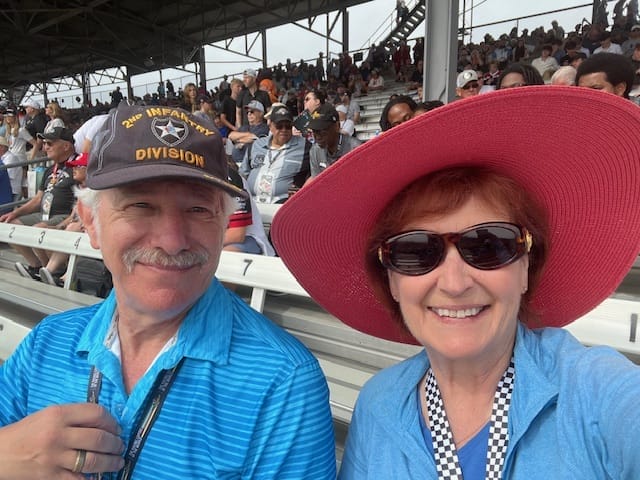San Francisco recently rolled out a ban on RV parking, and it’s already stirring up a lot of talk in neighboring communities. The city says this new rule tackles urban congestion and public safety, but it’s left people wondering how it’ll affect RV owners and the areas around them.
San Francisco’s RV parking ban came after a steady stream of complaints about congestion, safety, and sanitation in different neighborhoods. The city now blocks RVs from parking on city streets, pointing to the growing number of oversized vehicles hogging public spaces.
They’re hoping this move helps manage urban space and keeps streets cleaner and safer. Whether it works or not, that’s up for debate.
Impact on RV Travelers
This ban hits RV travelers hard—especially those who count on city streets for parking. A lot of RV owners use street parking when they visit cities because RV parks can be pricey or just not around.
Now, they’ll have to look for other spots, and honestly, those can be tough to find. That might just make some RV fans skip San Francisco altogether, and local businesses could feel that sting.
Concerns from Neighboring Communities
People in nearby towns aren’t thrilled either. If RV owners can’t park in San Francisco, they’ll probably just roll into the next city over.
That could mean more congestion and safety headaches for those communities too. Some local governments are already thinking about their own restrictions, which could start a domino effect.
Exploring Alternative Solutions
Sure, the ban handles some immediate problems, but it also shows there’s a bigger need for solutions that work for both city folks and RV travelers. Here are a few ideas that come to mind:
- Designated RV Parking Areas: Cities could set up special parking zones just for RVs, maybe with perks like waste disposal, water hookups, and some security. That could make things easier for travelers.
- Partnerships with Private Lots: Why not team up with private parking lots? Offering incentives like tax breaks might get lot owners on board and take pressure off public streets.
- Enhanced Public Transportation: If public transit gets better, RV folks could park farther out and ride in. That way, they still get to enjoy the city without clogging up the streets.
- Regional Coordination: Cities in the same area could work together instead of going it alone. Sharing resources and planning could spread out the impact and keep things fair.
RV Community Response
The RV community isn’t staying quiet. Many folks are frustrated and worried about what comes next.
Advocacy groups are pushing for solutions that don’t leave travelers out in the cold. They’re talking to local governments and reminding everyone that RV tourism brings money into the area.
Some groups are lobbying for friendlier policies, hosting community meetings, and trying to find common ground. They want to make sure RV travelers can still enjoy city life without making things tough for residents.
The Future of Urban RV Travel
San Francisco’s ban really shows how tricky it is to balance city growth with the needs of RV travelers. Cities are changing, and it’s going to take teamwork to find solutions that work for everyone.
Embracing Technological Solutions
Tech might help smooth things out. Think about mobile apps that show real-time RV parking spots—way easier than driving around in circles.
Smart parking systems could help manage space better and cut down on congestion. And hey, electric RVs are starting to pop up. They’re quieter and cleaner, which might make cities more open to having RV travelers around.
Conclusion
The San Francisco RV parking ban has sparked a heated conversation about the future of urban RV travel. This move addresses some immediate concerns, but it also puts a spotlight on the need for smarter, long-term solutions that work for everyone involved.
Maybe cities could look into better parking options or boost public transportation. Some folks even think technology might help make things easier for both RV travelers and local residents.
If you’re curious about the details and want to dig deeper, check out the full article here.

